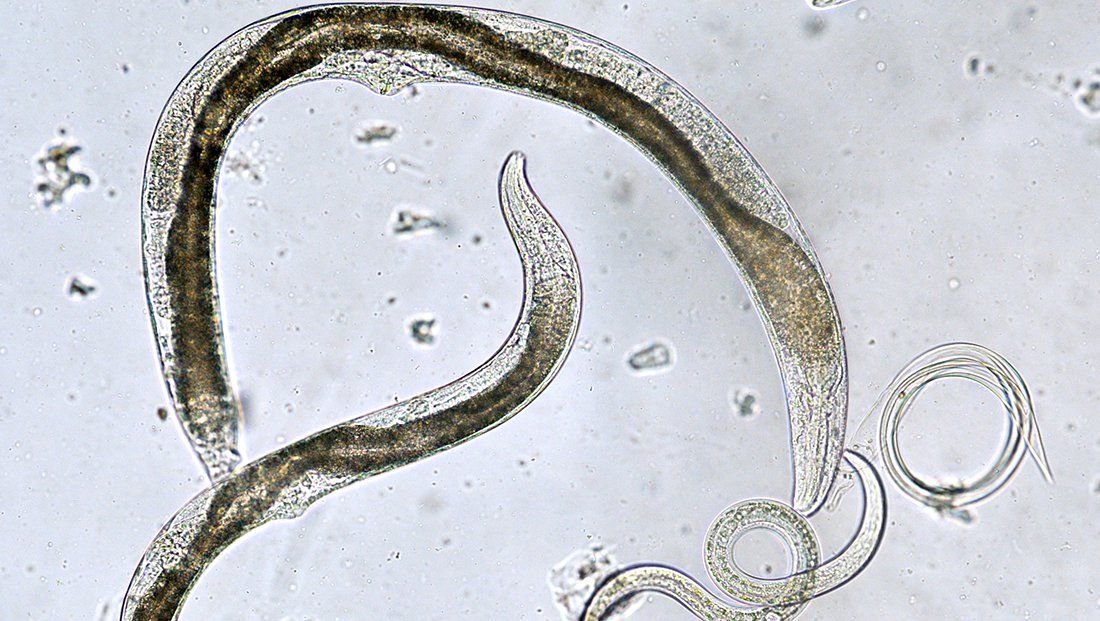Protozoa
- unicellular, non-photosynthetic eukaryotic microorganisms which normally obtain their food by phagocytosis are Protozoa.
- have no true cell wall and are involved in many blood & tissue diseases.

Movements in protozoa
- Amoeboid movement found in Amoeba & similar forms.
- Flagellar movement as seen in flagellated protozoa. E.g. Trichoaympha-very complex flagellar arrangement found in guts of termites.
- Ciliary movement in ciliates such as paramecium.
Nematodes
- are pathogenic or saprophytic
- 15-35 μm in diameter and 300-1000 μm in length.
- have bilaterally symmetrical elongated bodies.
- external body wall is covered by cuticles.
- The head is tripartiate, radially symmetrical having a central mouth which carry six lips.
- Eg. Heterodera, Meloidogyne etc.
